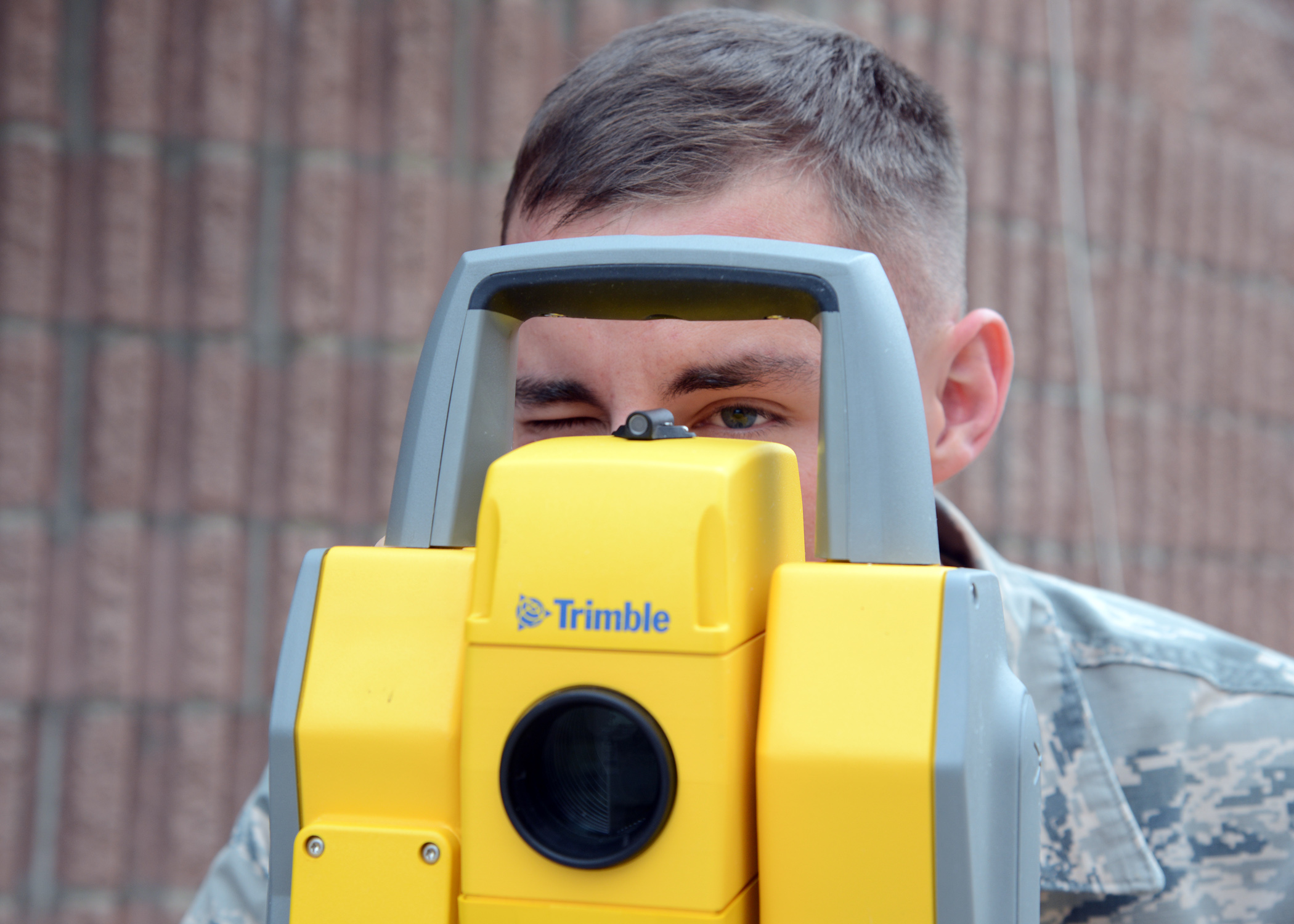About Dr Elaine Hickmott
Profession: Independent Talent Development Specialist
About Elaine: Love STEM, learning and being creative. Through my consultancy I help people invest in their professional and career development. My adventure began with a PhD in Chemistry followed by experience as an industrial chemist and working in corporate business leadership roles. I've happily gone from boiler-suit to boardroom and beyond.
Elaine's Twitter Handle - @ElaineHickmott
Tell us why you think it is important in today's world, to inspire young people into STEM and where applicable, why you and or your organisation gets involved and what you get out of it.
"When I started to write this piece I hit a block. I have lots to say about STEM talent and its
global importance but I just wasn’t feeling it.
All I could hear in my head was, “blah, blah, blah!”
So I took a mental step back. Forget stagnant statistics and pipeline
predictions; this had to be personal.
I let my mind wander and imagined being reunited with my
16-year old self. What would I say to
her?
The answer is quite simply, “Thank you!”
Choosing to do three science A-levels all those years ago
was an inspired move. Not because I had
a burning desire to become a Nobel prize-winning scientist or a globe-trotting
engineer. Because I somehow recognised a
STEM-based education (though we didn’t call it that in the olden days) would be
a powerful platform for building a successful career.
I didn’t have aspirations to change the world. And I didn’t know any scientists or
engineers. My logic was
straightforward...following the science path, although challenging for me (I
was definitely better at languages), would be more likely to lead to better
jobs. Plus, I could come back to the
other stuff later.
And guess what, I was right.
Starting with a foundation of science has helped me build a
rewarding and varied career while making a difference along the way. It helped me go from boiler-suit to
boardroom; chemistry to colostomy bags; bullet proof vests to blast furnaces...
and beyond.
Jump forward to present day and into the future, STEM is a
thread which unites us all. It’s
everywhere every day. In fact, it is so
embedded in our lives that now, more than ever before, being switched onto STEM
is definitely a launch pad for many amazing adventures."
In relation to the above question, in your experience, what is getting better or worse and what in your view, are the barriers to sustained success and what do you see as the best way forward?
"Inspiration is a personal thing and where it comes from is
unpredictable and often random. Exposure
to rich and varied experiences definitely increases the chances of those sparks
and marvellous ‘aha’ moments. This is
true of life and it’s certainly true in relation to STEM.
Fortunately, over recent years there has been a marked
increase in STEM-related experiences for young people. Many of them involve interaction with real
people who bring the human element needed for accessibility and engagement.
Young people interacting as equals with others outside of
usual school, family and peer groups; getting involved with new STEM-related
experiences help to generate a positive energy.
A positive vibe which helps create a fertile ground for inspiration to
strike. It’s brilliant.
But... Yes, you knew there was a ‘but’ coming!
My personal perspective is that there is a challenge linked
to context.
STEM is a big picture subject. It’s not just about becoming scientist x or
engineer y. For example, if you watch a
recent episode of the BBC’s Supermarket Secrets, it perfectly demonstrates the
breadth and power of STEM in one sector alone.
And it shows that harnessing the power of STEM is not only about
becoming a scientist or engineer.
Artificial intelligence being used to monitor customer behaviour
while still upholding data protection rules.
Think feet. Virtual reality
taking the place of marketing focus groups.
Cauliflower waste being turned into a sustainable material for keeping
vegetables fresh. The circular economy
in action.
Giving a wider context of where a STEM education might lead
could actually act like a mini Trojan horse.
Reaching and resonating with young people in a different way. Ultimately creating those unexpected sparks
of inspiration which help people to set off on their own personal STEM
adventures."
- Dr Elaine Hickmott





:max_bytes(150000):strip_icc()/ubuntu-google-earth-5bd373c9c9e77c0058df9bfe.png)






